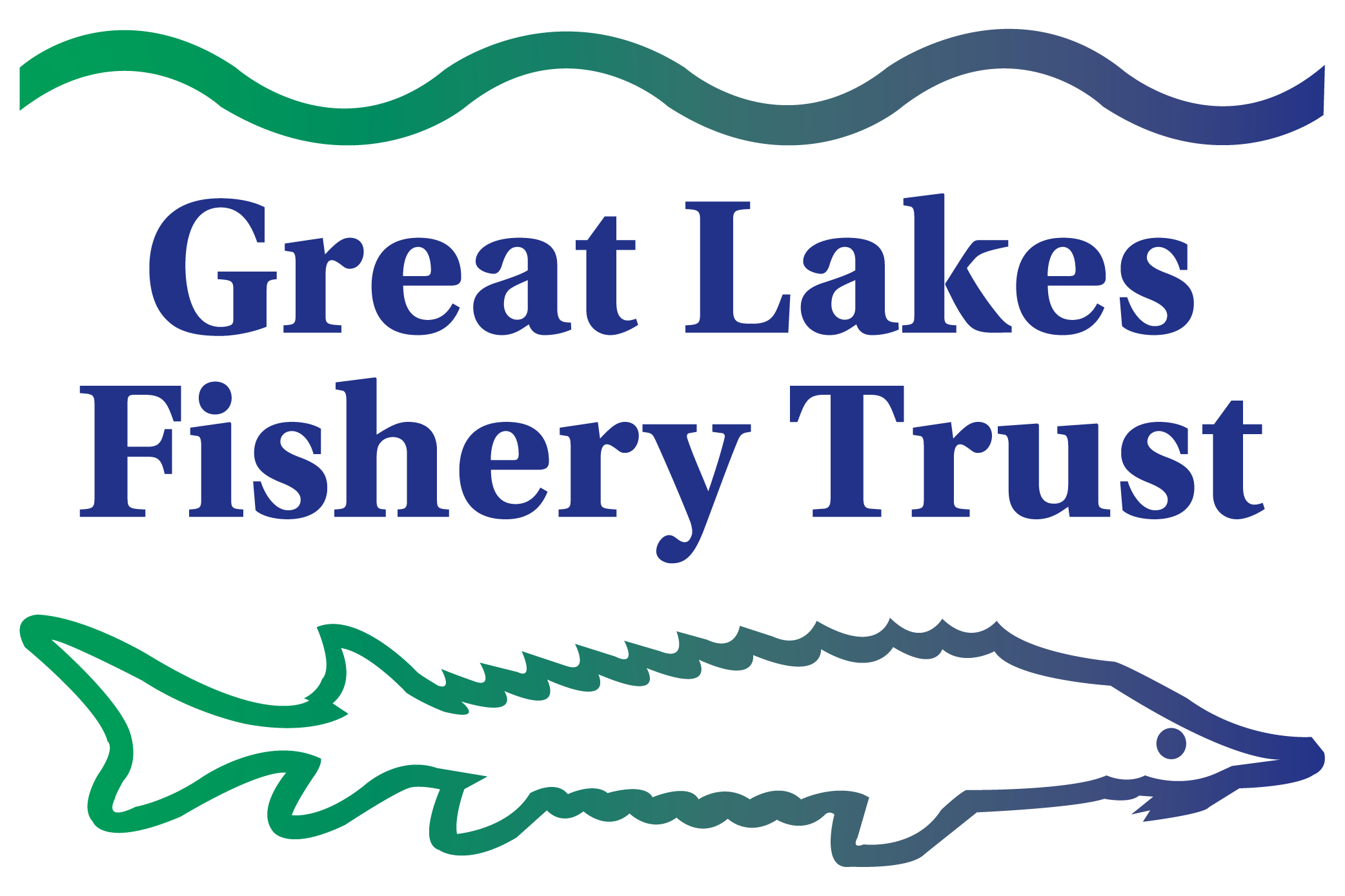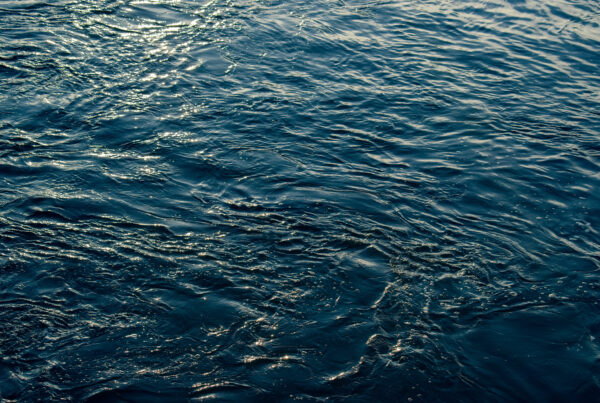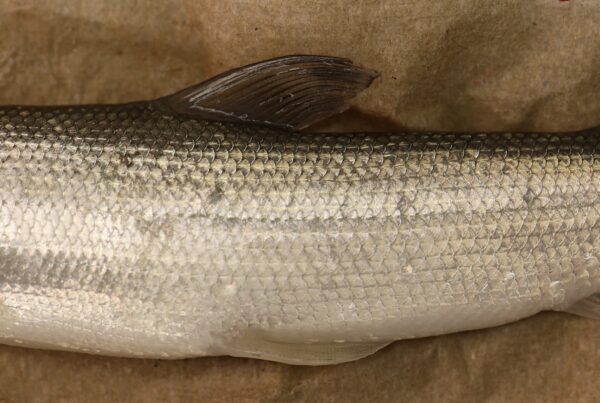While lake whitefish populations have been declining throughout most of Lake Michigan, those in Green Bay have been holding steady. Understanding the natal origins of Green Bay whitefish could help researchers delineate individual stocks, an important management tool. This pilot project set out to build an otolith microchemistry library to assess lake whitefish natal origins, and in the process discovered that larval lake whitefish otoliths primarily reflect their maternal origin, rather than their natal origin.
Key Findings
- Whitefish eggs collected from females caught in one river and subsequently incubated in a different river hatched into larval whitefish whose otoliths reflected the river where their mother was caught, rather than the location in which they were incubated.
- Otoliths of larval lake whitefish may be dominated by maternal influences well past out-migration from the hatch site and into the pelagic drifting stage. This is because otolith signatures of larval fish do not begin to reflect the rearing environment until after the fish have fully absorbed their yolk sac, which, for lake whitefish, takes about 15 days after hatching.
Significant Outcomes for Lake Whitefish Research
This research concludes that otolith microchemistry cannot be used to determine the natal origins of lake whitefish because the otoliths reflect maternal, rather than incubation site, influences. Previous research has found differences in otolith microchemistry in groups of other species of Great Lakes fish incubated in different environments; however, this research suggests that those differences may not reflect environmental variation, but rather maternal influences, sounding a cautionary note for the use of otolith microchemistry studies in delineating fish populations in the Great Lakes.
Learn More
If you have questions, please contact the primary investigator, Dr. Patrick Forsythe, at [email protected].
Disclaimer
Research Notes includes the results of GLFT-funded projects that contribute to the body of scientific knowledge surrounding the Great Lakes fishery. The researcher findings and grant result summaries do not constitute an endorsement of or position by the GLFT and are provided to enhance awareness of project outcomes and supply relevant information to researchers and fishery managers. Researcher findings are often preliminary and may not have been peer-reviewed.
Related Reading
- Recruitment Dynamics of Lake Whitefish and Cisco in the Upper Great Lakes
- Using Genomics Techniques to Delineate Lake Michigan Whitefish Stocks
- Exploring Disease Susceptibility and Its Impact on Lake Whitefish Recruitment
- Nearly six decades of recruitment trends for Lake whitefish and Cisco in the Great Lakes





